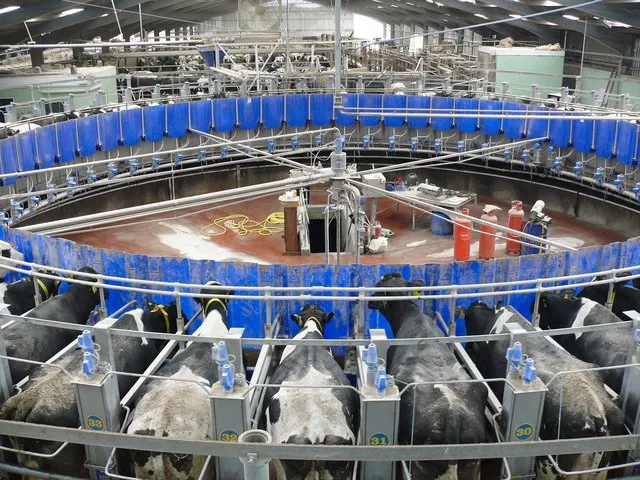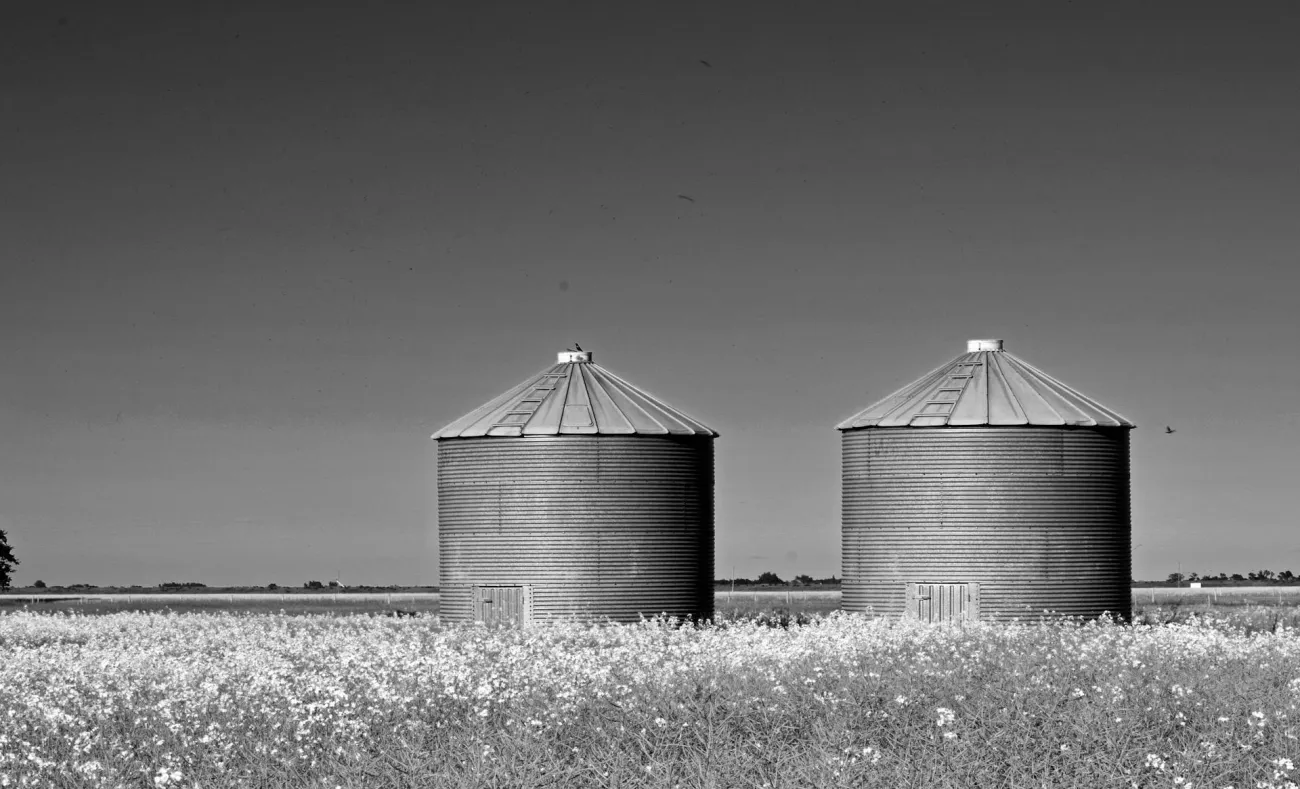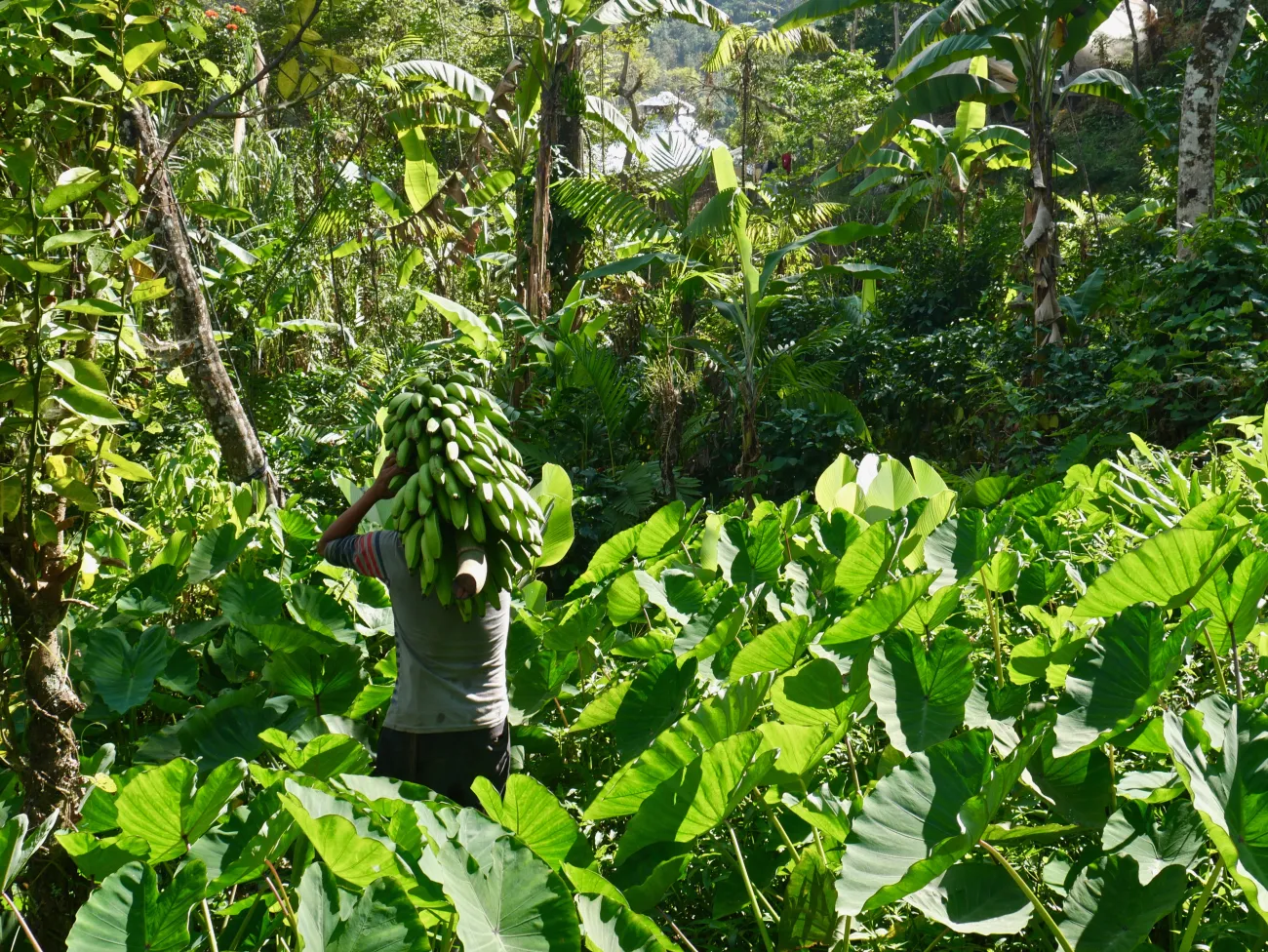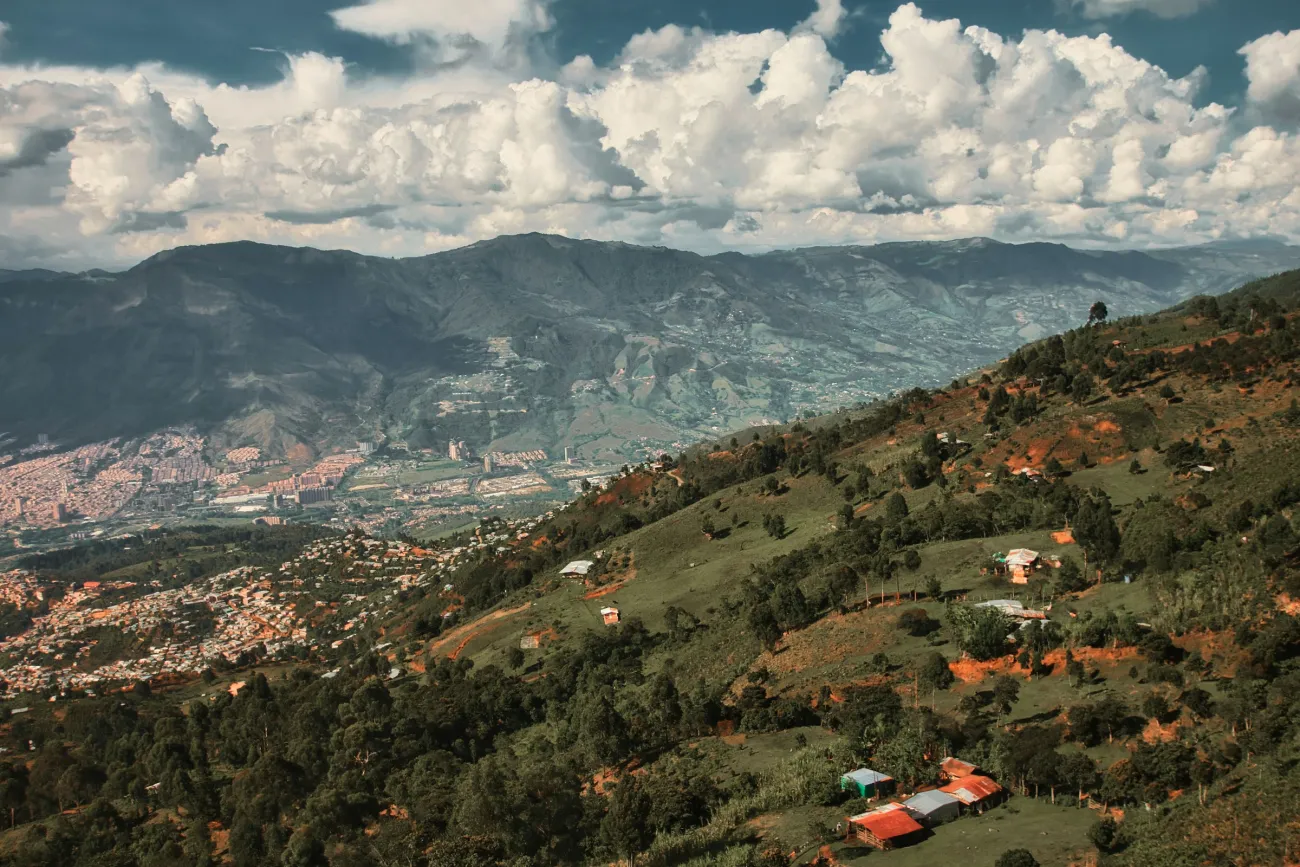This paper, written by researchers on the University of Oxford’s LEAP project and co-authored by the FCRN’s Tara Garnett, explores what drives the intensification of dairy farming, and the consequences for the environment, animal welfare, socio-economic wellbeing and human health. The paper also considers three potential approaches to addressing these consequences: sustainable intensification, multifunctionality, and agroecology.

According to the paper, dairy intensification - e.g. shifting from pasture to feedlot systems - is driven by several factors, including government policies to support technological developments, growing year-round demand for milk in urban markets, economies of scale, and control of dairy supply chains by small numbers of large processors.
The impacts of this intensification include:
- Changes in greenhouse gas emissions (there is debate as to whether grazing or intensive systems generate higher emissions per unit of output)
- Land and water pollution from fertilisers (for producing feed) and manure
- Risks to biodiversity due to the monocultural production of feed crops
- Negative effects on animal welfare, as cows in intensive systems may lack the freedom to engage in natural behaviours
- Provision of nutrients to people through reduced-cost dairy products
- Risks of antimicrobial resistance.
The paper summarises the key features and implications for production and consumption of the following approaches:
- Sustainable intensification, which implies an increase in outputs without an increase in resource use and environmental impacts.
- Multifunctionality, which emphasise the importance of other goods and services (beyond food) provided by rural landscapes.
- Agroecology, which generally aims to minimise external inputs to a farm.
The authors call for future research to consider the broader social and ecological context of dairy production.
Abstract
Dairy production systems have rapidly intensified over the past several decades. Dairy farms in many world regions are larger and concentrated in fewer hands. Higher productivity can increase overall economic gains but also incurs site-specific social and environmental costs. In this paper, we review the drivers and impacts of dairy intensification. We identify in the literature four prominent concerns about dairy intensification: the environment, animal welfare, socioeconomic well-being, and human health. We then critically assess three frameworks—sustainable intensification, multifunctionality, and agroecology—which promise win–win solutions to these concerns. We call for research and policy approaches that can better account for synergies and trade-offs among the multiple dimensions of dairy impacts. Specifically, we suggest the need to (1) consider dairy system transitions within broader processes of social-environmental change and (2) investigate how certain framings and metrics may lead to uneven social-environmental outcomes. Such work can help visualise transformations towards more equitable, ethical, and sustainable food systems.
Reference
Clay, N., Garnett, T. and Lorimer, J., 2019. Dairy intensification: Drivers, impacts and alternatives. Ambio, pp.1-14.
Read the full paper here. See also the Foodsource building block What is sustainable intensification?




Comments (0)